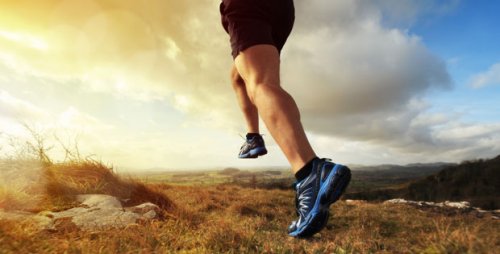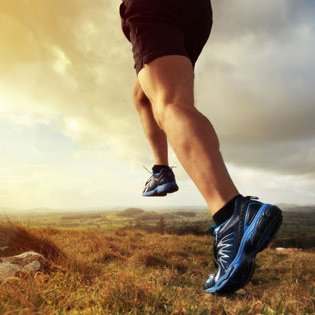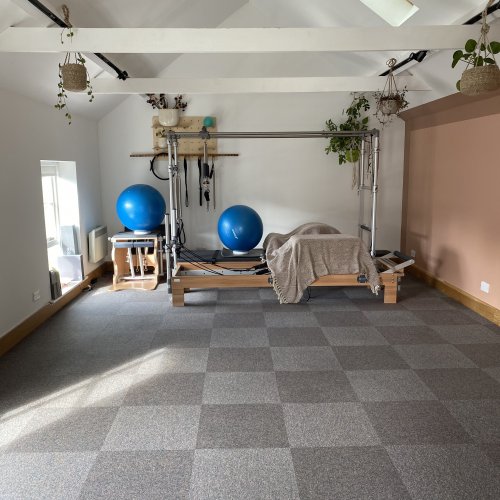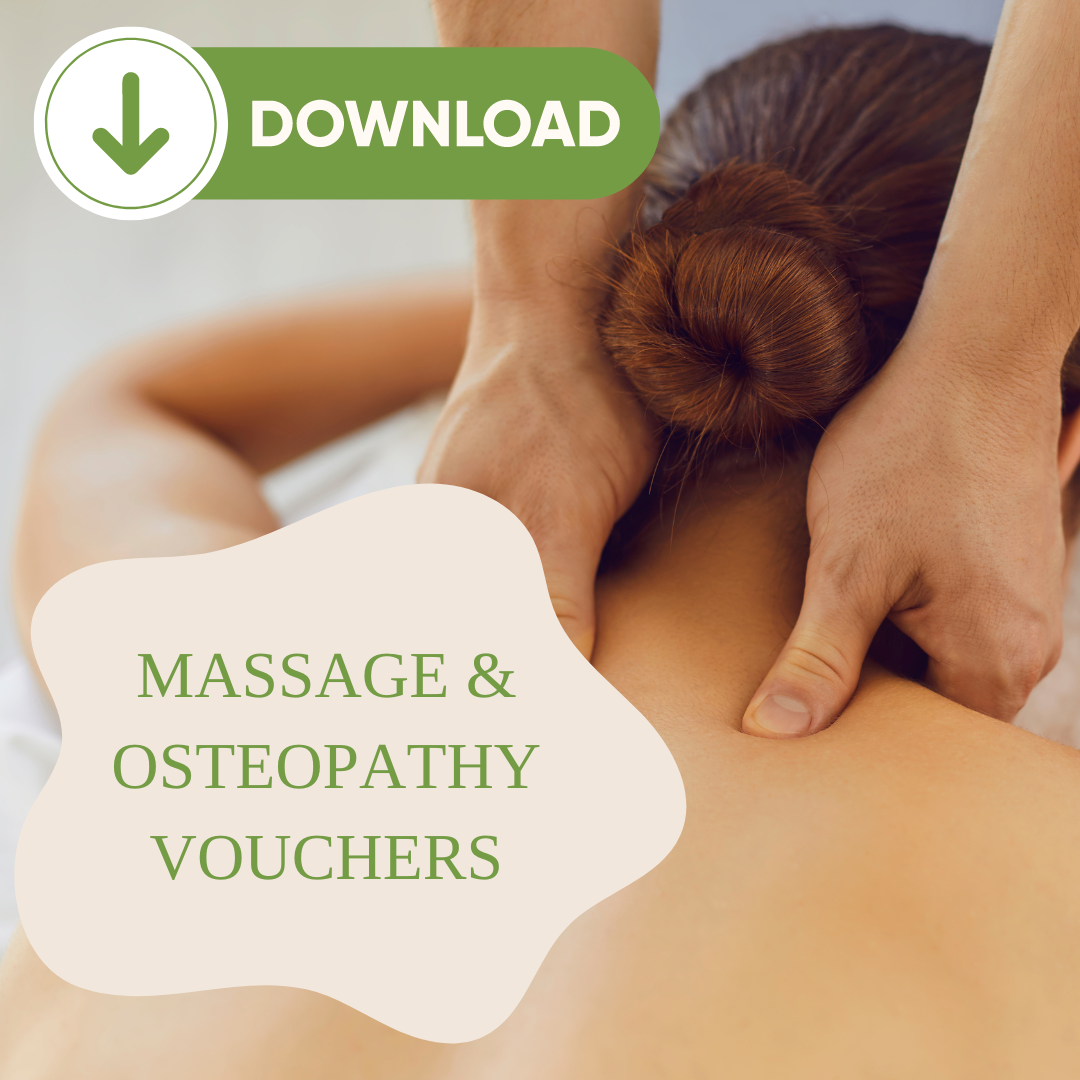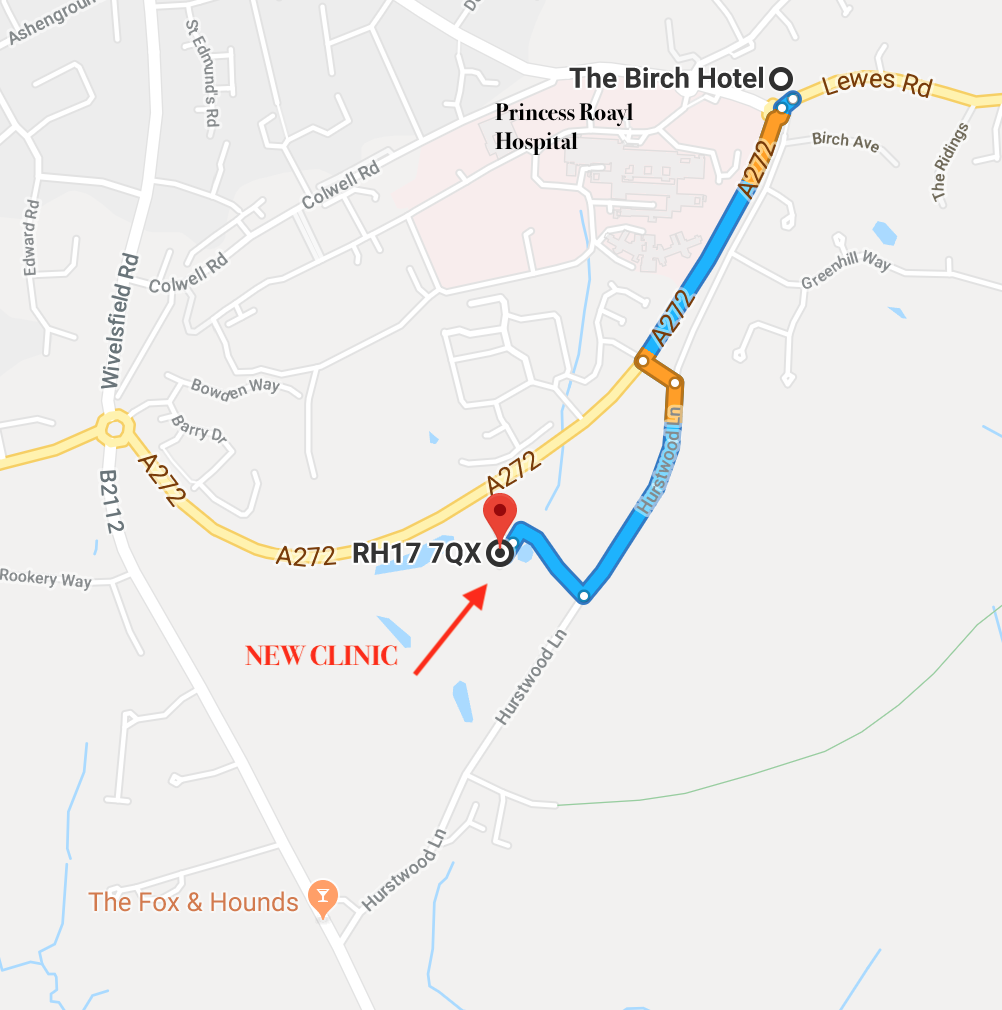Low back pain is one of the world’s biggest health problems and it’s the most common complaint we see in the clinic every day. Osteopathy can help you recover from a bout of back pain but what can you do yourself to help? The best evidence we have is movement. But what does the evidence tell us is the best exercise for low back pain?
Well, the good news is that we have a plethora of studies on this. And the even better news is that there isn’t one type of exercise that outperforms the rest, and that lots of different types of exercise can help. So move in a way that you enjoy the most, the exercise that helps the most is the one that gets done!
Here’s a quick summary of some of the research out there:
- Lots of different types of exercise have a positive effect on low back pain (the papers I looked at included pilates, walking, back-strengthening exercises, stationary bike, high-load exercises, motor control exercises)
- No one type seems to be superior over the long term
- Focus on the HUMAN BEING not just the back
- Exercise that people enjoy and is easy for them to do will probably get done and hence have a positive effect
- Consider a rehab program combining different exercise variables e.g. high and low load and types rather than one singular type or exercise method
- Muscle weakness is not clearly associated with low back pain
- Positive effects from exercise for low back pain may NOT be directly attributable to things such as strength, mobility or endurance
- Increased trunk stiffness and decreased range of movement and speed of lumbar movement ARE associated with low back pain, i.e it is thought that pain causes muscle stiffness and reduced mobility not the other way round
- Structural factors such as lumbar lordosis (curve), pelvic tilt, leg length discrepancy and muscle length are NOT likely to be associated with low back pain
So a good goal in recovery would be to decrease the stiffness (muscle guarding) and promote freedom and variable movement.
This is why osteopathy helps so much as our hands can help ease muscle tension and guarding, and encourage joints to move more freely, and we can then advise on a safe way to move when you are suffering from an acute episode of back pain, alongside an exercise programme to help prevent future episodes.
Studies used in this Blog:
Pilates exercise or stationary cycling for chronic nonspecific low back pain: does it matter? a randomized controlled trial with 6-month follow-up - PubMed (nih.gov)
An aerobic walking programme versus muscle strengthening programme for chronic low back pain: a randomized controlled trial - PubMed (nih.gov)
An aerobic walking programme versus muscle strengthening programme for chronic low back pain: a randomized controlled trial - PubMed (nih.gov)
Individualized low-load motor control exercises and education versus a high-load lifting exercise and education to improve activity, pain intensity, and physical performance in patients with low back pain: a randomized controlled trial - PubMed (nih.gov)
Exercise interventions for the treatment of chronic low back pain: a systematic review and meta-analysis of randomised controlled trials - PubMed (nih.gov)

